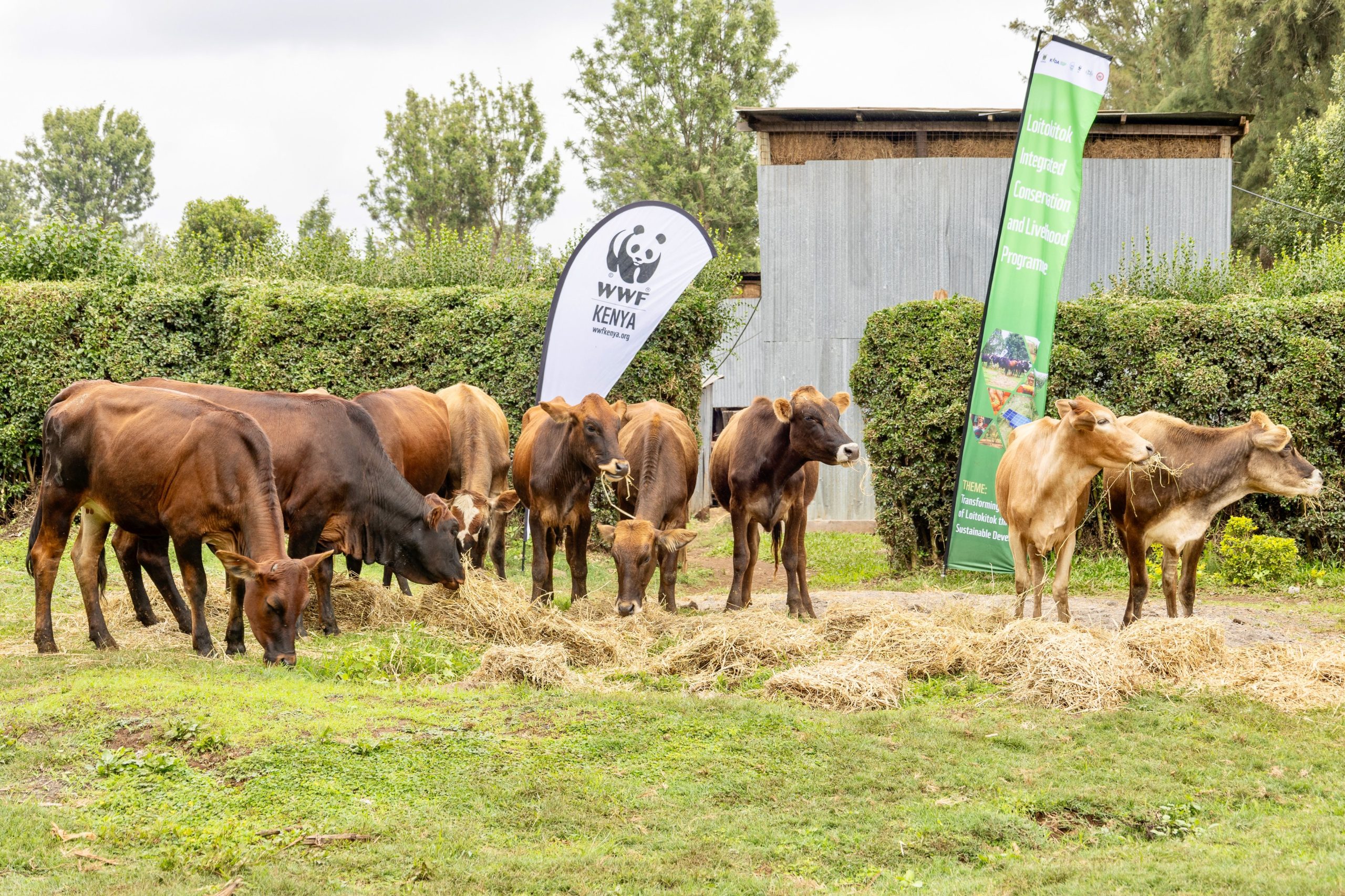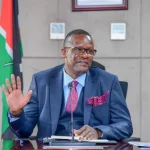The Loitokitok Integrated Conservation and Livelihood Program (LICLP), a groundbreaking 10-year initiative valued at Ksh 30 million was officially launched Tuesday at Entarara Comprehensive School in Kajiado County.
This ambitious program, funded by the German Federal Ministry for the Environment, Nature Conservation, Nuclear Safety, and Consumer Protection (BMUV) through the Large-scale Forest Landscape Restoration in Africa (AREECA) Programme, as well as by BMZ aims to integrate value addition, technology transfer and market linkages.
By enhancing value chains, the initiative seeks to create tangible economic opportunities, foster sustainable livelihoods, and achieve significant conservation impact.
The launch was presided over by Cabinet Secretary Beatrice Askul Moe of the Ministry of East African Community, Arid and Semi-Arid Lands (ASALs), and Regional Development.
It marked the beginning of a collaborative effort involving government agencies, community leaders and non-governmental organizations.
The LICLP brings together a diverse group of stakeholders, including the Ewaso Ng’iro South Development Authority (ENSDA), Kerio Valley Development Authority (KVDA), Water Resources Authority (WRA), World Wide Fund for Nature – Kenya (WWF-Kenya), Kajiado County Government, Kajiado South Constituency Development Fund and the Kenya Agricultural and Livestock Research Organization (KALRO).
CS Moe described the program as a testament to the power of partnerships, highlighting its integration of national and county resources with private sector and civil society efforts.
“This initiative exemplifies transparency, collaboration, and sustainable development, providing a roadmap for transformative impact in Loitokitok and beyond,” she said.

The LICLP focuses on environmental conservation through initiatives such as reforestation, wildlife protection, and biodiversity preservation, aiming to combat desertification and reverse land degradation.
Economic development is also a key pillar, with efforts centered on adding value to tomato and mango farming, improving dairy and beef production, promoting beekeeping and advancing the leather industry.
Additionally, infrastructure projects, including water pans, boreholes, and dams, will address water scarcity for humans and livestock, while training programs and sustainable technologies will empower communities to adapt to climate change and build resilient livelihoods.
To kick off the programme: 16 women groups were provided with high-yielding, resilient dairy and beef livestock, 10 women groups from around Amboseli National Park were supplied with beads and beading accessories, fully kitted catering and eco-tourism support supplies were handed over to the Loitokitok Community Forest Association and a modern 100-beehive apiary was established with beekeeping equipment provided to the Entarara Forest Association.

Jackson Kiplagat, Head of Conservation at WWF-Kenya, highlighted the program’s innovative approach to addressing conservation challenges while improving community livelihoods.
“This program includes a strong focus on climate change, with capacity-building efforts designed to help communities adapt to erratic environmental conditions and mitigate their impact on the landscape,” he said.
He also noted the introduction of crossbred cattle, which combine high milk and beef production traits, as a transformative intervention.
“The apiary initiative provides a nature-based solution that supports biodiversity and creates sustainable income for local families,” he added.
Moreover, Kiplagat emphasized that regular monitoring and evaluation would ensure the program adapts to evolving challenges and remains impactful.
The LICLP aligns with Kenya’s Vision 2030 and global frameworks like the Sustainable Development Goals (SDGs), particularly SDG 15 on sustainable land use and SDG 17 on fostering partnerships for development.
Area Member of Parliament Parashina Sakimba underscored the importance of active community participation, describing it as key to the program’s sustainability.
“When communities take ownership of initiatives like this, the long-term impact is guaranteed. This program seamlessly blends environmental preservation with economic growth, positioning Loitokitok as a model of resilience and prosperity,” he said.

The event also featured the signing of a Collaboration Framework between WWF-Kenya, ENSDA, KVDA, and the Coast Development Authority (CDA), further solidifying the partnerships necessary for the program’s success.
KVDA CEO Sammy Naporos praised the collaborative model, stating, “By leveraging the expertise of diverse institutions, we can achieve synergies that drive impactful outcomes. For instance, KALRO has provided improved livestock, while KVDA has taken the lead in distributing fruit tree seedlings across the region.”
Naporos also emphasized the importance of sustainable funding mechanisms and partnerships in ensuring the program’s longevity.
“This initiative is ambitious and holistic, addressing both environmental and socio-economic challenges in Loitokitok. Strong alliances with local and international organizations, private sector players, and government bodies will amplify our impact and foster valuable knowledge-sharing,” he remarked.
With its multifaceted approach, the LICLP is poised to position Loitokitok as a beacon of sustainable development, offering hope for a greener and more prosperous future for the region’s communities and the generations to come.





